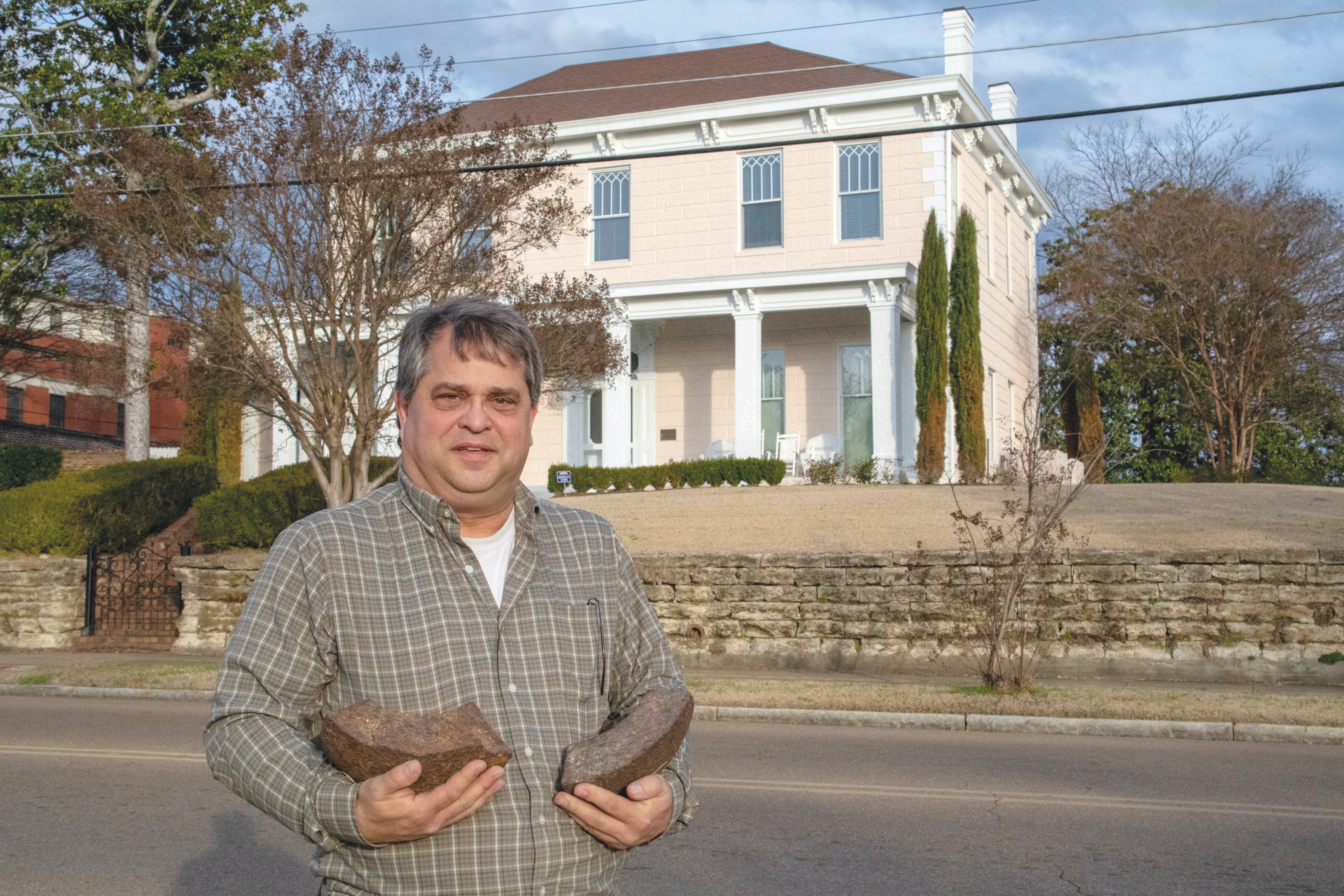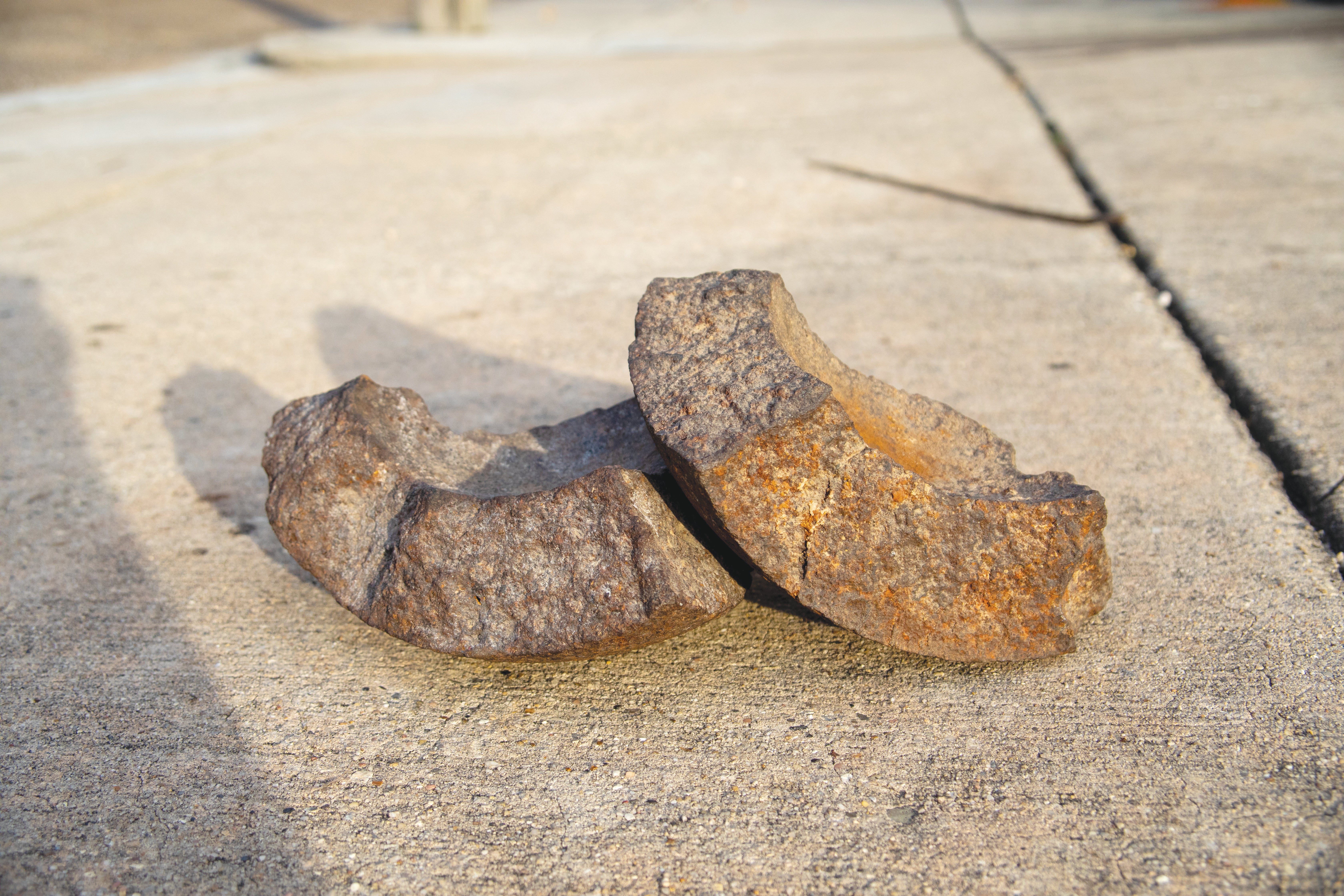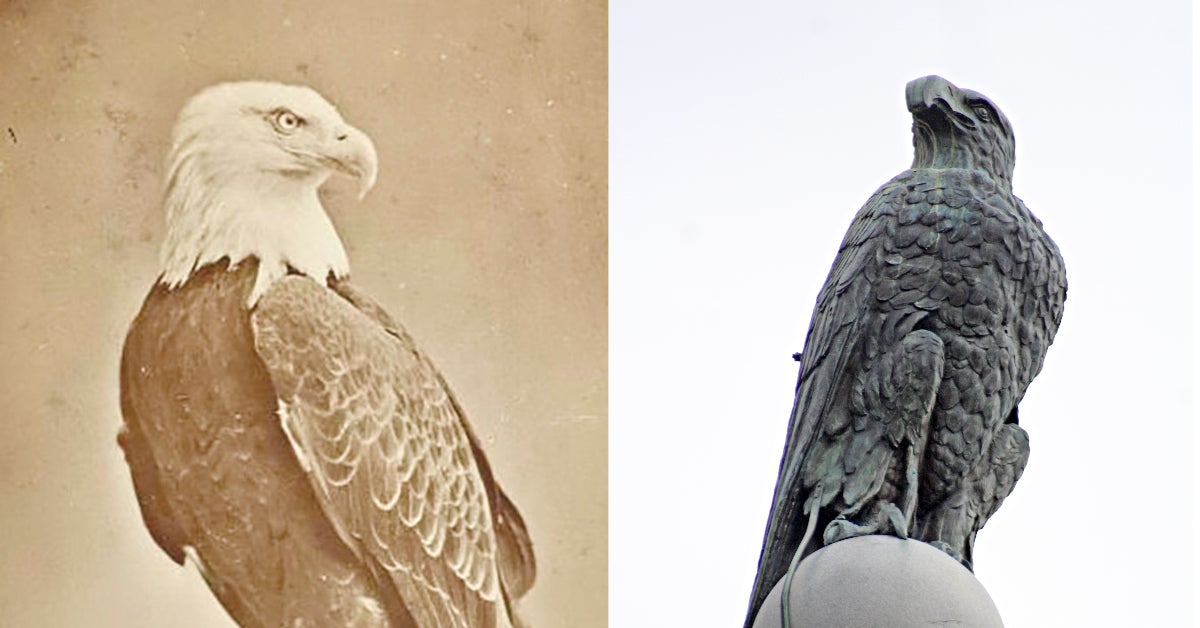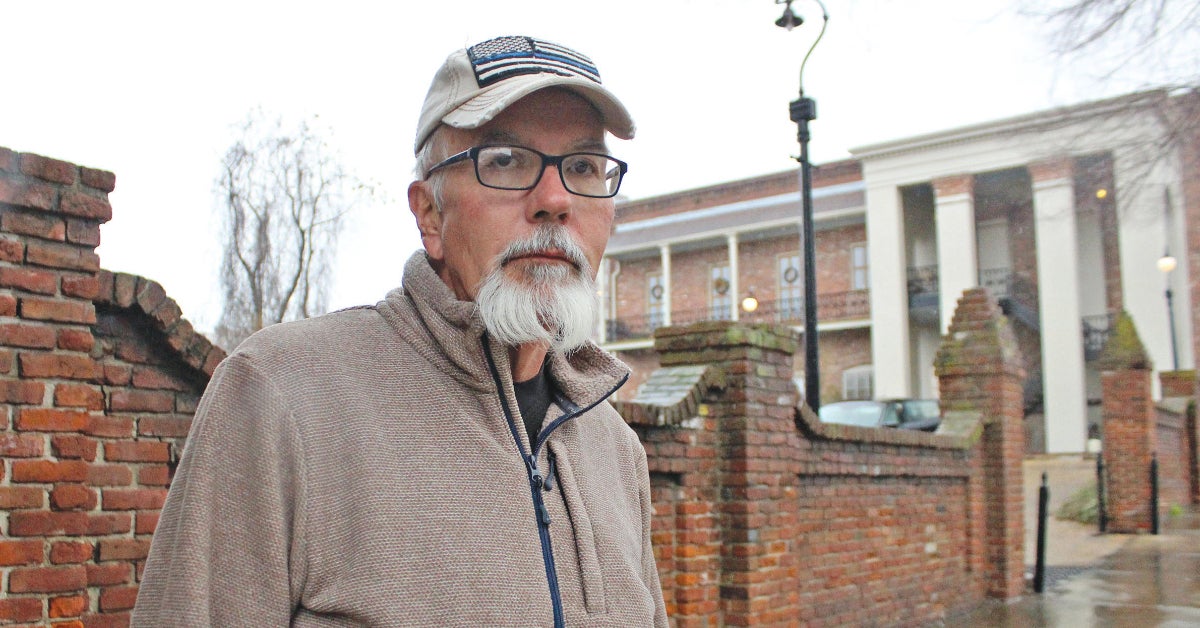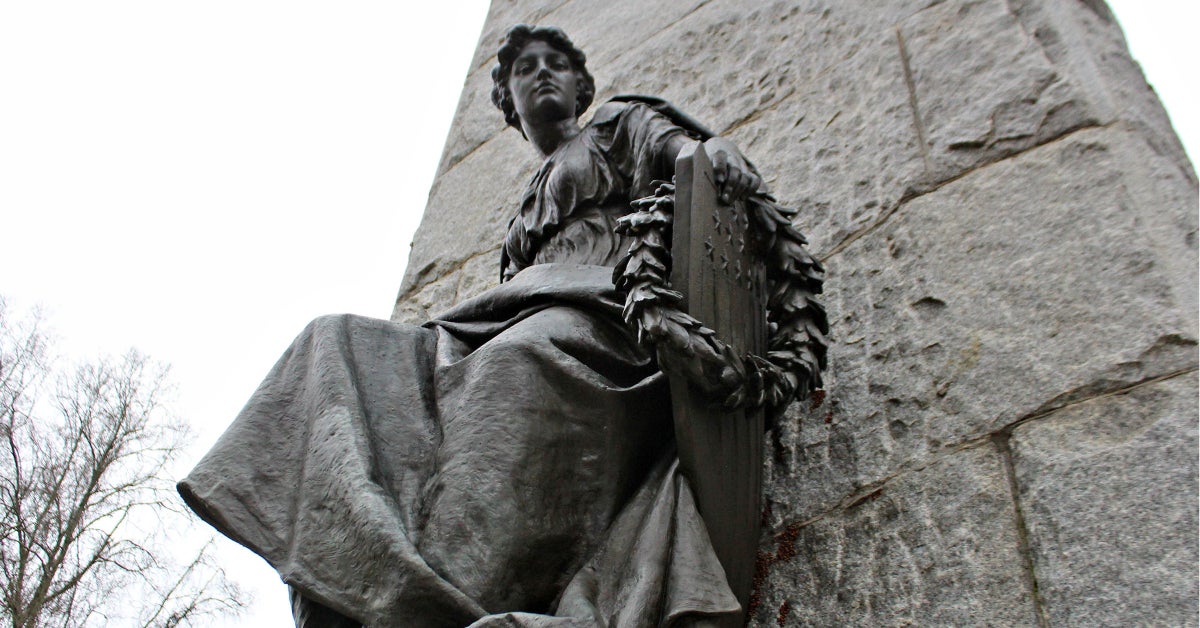QUITE A SOUVENIR: Siege-era mortar shell a childhood memento for Pratt
Published 7:00 am Saturday, February 25, 2023
When Bryan Pratt was growing up, his family owned a number of properties around Vicksburg.
When he was about 6 or 7 years old, his great aunt was having renovations done to one of the buildings she owned, the historic Featherston-Magruder House on Cherry Street, when a treasure was uncovered.
“We would go there after school, and the workers were fixing some termite damage in the floor,” Pratt said. “They were down there digging to put a piling in or something to fix the floor joist, and this was there.”
The construction workers had made an interesting discovery: two large fragments of a mortar round, probably fired from a Union gunship during the Siege of Vicksburg. A mortar was a stubby, powerful cannon that could fire a heavy projectile in a high arc, which allowed it to hit targets that would have been too obstructed for a gun (a cannon that would produce a more horizontal trajectory for its projectile).
Charles Pendleton, the owner of the Civil War Museum in downtown Vicksburg, said these kinds of mortars were generally too large to easily move on land, and those being used at the Siege of Vicksburg were almost certainly stationed on gunboats.
“They’d shoot from Lake Centennial over the current canal all the way up there,” Pratt said. “And the Union used the courthouse to sight from, but they would never shoot at it. They would use it to get their orientation for where they wanted to hit.”
Lake Centennial, located on the other side of the Yazoo River, was not a lake during the siege. It was, in fact, a part of the main artery of the Mississippi River. Decades of meandering and major advances in river dredging technology have resulted in the layout residents are familiar with today.
Union gunboats stationed on the part of the river adjacent to the downtown area of Vicksburg would have made easy targets for Confederate artillery. The area of Lake Centennial would have provided significantly more cover between Union and Confederate forces.
Pratt recently brought the fragments to Pendleton to see what he could find out about the projectile. Pendleton helped determine that the fragments were part of a spherical shell that measured 13 inches in diameter, given the fact that the wall of the shell was 2 1/2 inches thick. Although Pratt’s two fragments are only a portion of the whole projectile, they are quite heavy.
The entire projectile would have comprised the 2 1/2-inch-thick solid iron casing that encased explosives that would be set off by a delayed fuse or by impact. The whole assembly would have weighed approximately 200 pounds. Often, the explosives inside the shell would have included smaller projectiles for increased carnage.
The Featherston-Magruder House is located on Cherry Street next to the Warren County Jail and was originally built as a one-story school building in 1831. During the Civil War, it was owned by Dr. Alex Magruder, who was not in Vicksburg at the time of the Siege.
In the 1900s, Pratt’s great-great-grandfather, Tom Morrisey, purchased the home. It then stayed in his family for several generations. Pratt said he has never really done much with the shell fragments in the way of exhibition — but they make for a pretty interesting conversation piece.


